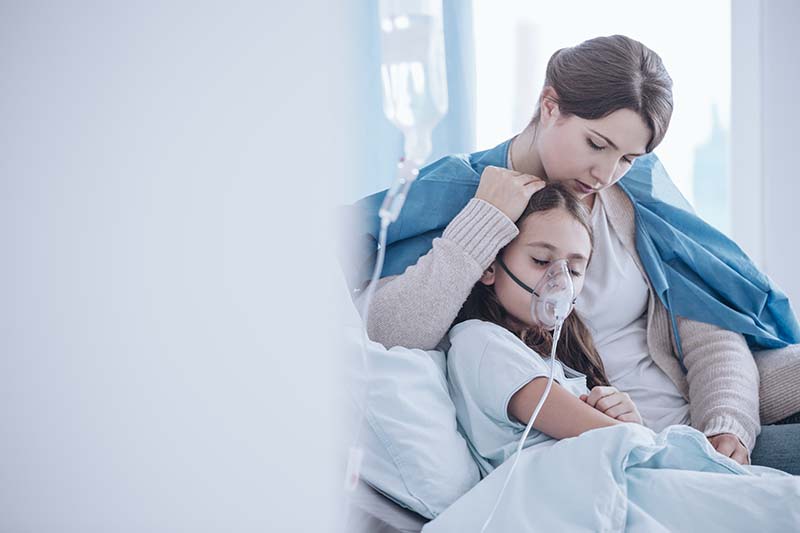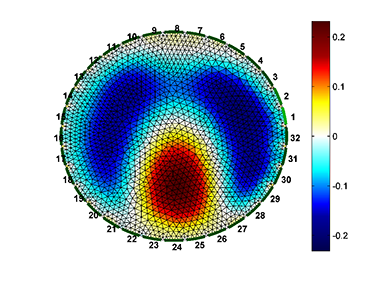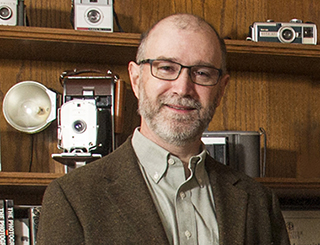Engineering to Improve Health Care for Patients With Cystic Fibrosis



Cystic fibrosis (CF) is the most common fatal genetic disease in the United States, affecting the lungs and other organs. Its progression is characterized by a cumulative decline in lung function, characterized by a variety of complications, including infections, inflammation, and respiratory failure. People with this disease have inherited the defective CF gene from each of their parents. If the mutated gene is passed along to a child by only one parent, the child becomes a carrier of the disease but does not get CF. If two carriers have a child, there is a 25% chance the child will be infected with the disease, 50% chance the child will be a carrier, and a 25% chance they will not contract the disease or become a carrier. According to the Cystic Fibrosis Foundation Patient Registry, more than 30,000 people in the U.S. (and 70,000 people worldwide) live with this disease, and approximately 1,000 new cases are diagnosed each year. [1]
UAlbany researcher Gary Saulnier is dedicated to improving health care for patients with this disease. His project, "Real-Time Assessment of Lung Structure and Function in CF Patients using Electrical Impedance Tomography" is being sponsored by a National Institutes of Health (NIH) grant of $730,658, through a sub-award from Colorado State University, and is part of a collaboration between research teams at Colorado State University (CSU), the University at Albany (UAlbany), Rensselaer Polytechnic Institute (RPI), and Children’s Hospital of Colorado (CHC).
Currently, CF disease management and treatment decisions are guided by the results of pulmonary function tests (PFT's) to assess lung function and CT scans to assess lung structure. However, very young children are unable to perform PFT's, and CT scans expose patients to ionizing radiation, limiting its frequency of use. Electrical impedance tomography (EIT) is a non-ionizing real-time imaging technique that has been shown to provide regional pulmonary information and is safe for patients of all ages.

The goal of Saulnier’s research is to determine whether EIT can provide sensitive measures of changes in lung structure and function in cystic fibrosis patients of all ages. For this four-year grant, Saulnier will design and build a state-of-the-art EIT instrument, researchers at CSU and RPI will develop new and better algorithms to produce images and measures of lung structure and performance from EIT measurements, and researchers at CHC will collect clinical data from cystic fibrosis patients using the EIT instrument.

Gary Saulnier earned his Ph.D., ME, and BS in Electrical Engineering from Rensselaer Polytechnic Institute. He joined the University at Albany as professor and chair of the Department of Electrical and Computer Engineering in Summer 2017. He came to UAlbany from his position as the associate department head for Undergraduate Studies of the Electrical, Computer, and Systems Engineering Department at Rensselaer Polytechnic Institute, where had been on the faculty for 31 years. Prior to joining RPI, he was on the staff of GE Corporate Research and Development, now GE Global Research. His research is in the areas of military and mobile communications, electrical impedance tomography for medical applications, and acoustic communications and power delivery.
[1] Cystic Fibrosis Foundation at https://www.cff.org/What-is-CF/About-Cystic-Fibrosis/ (October 30, 2019)


